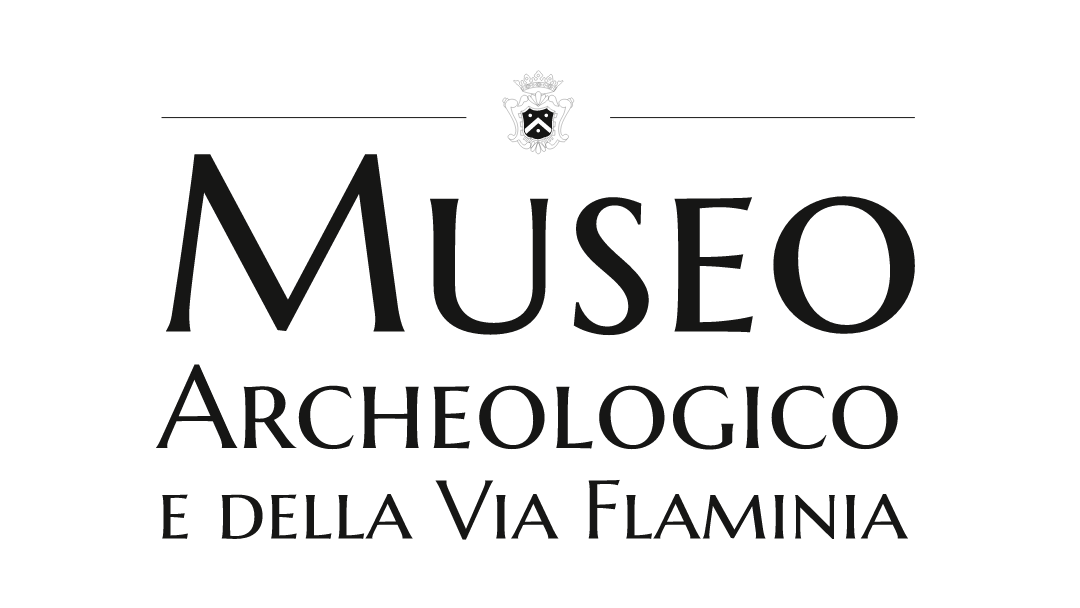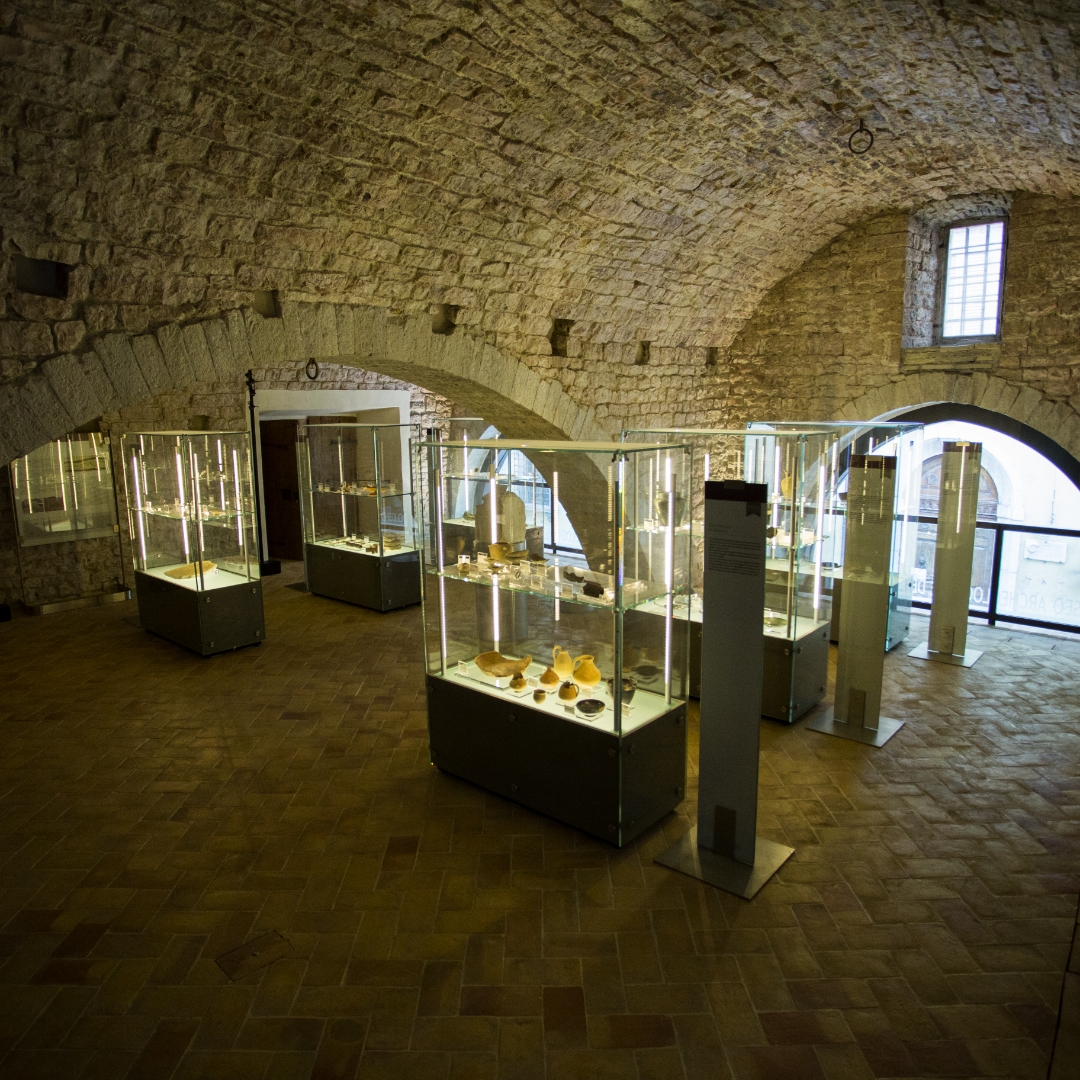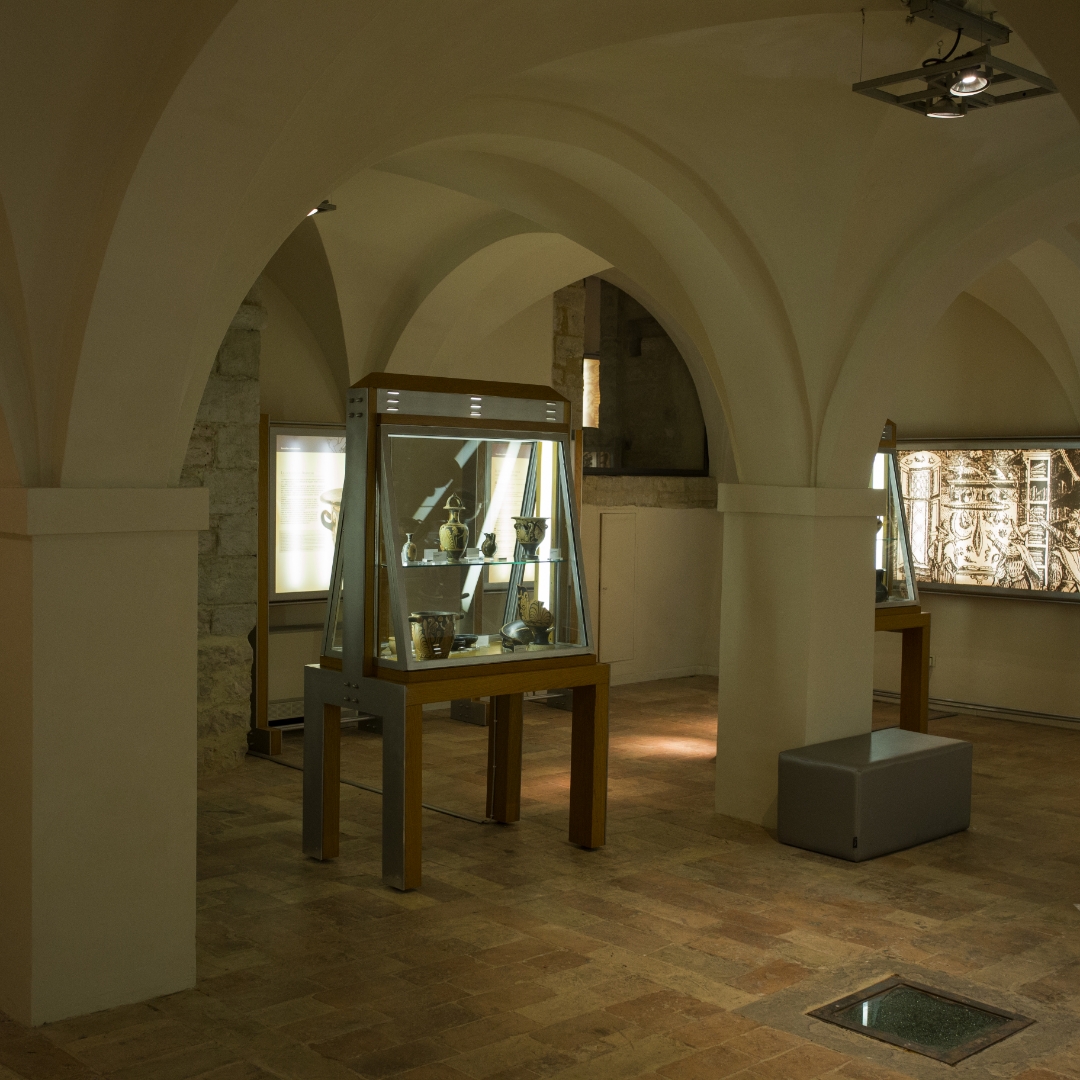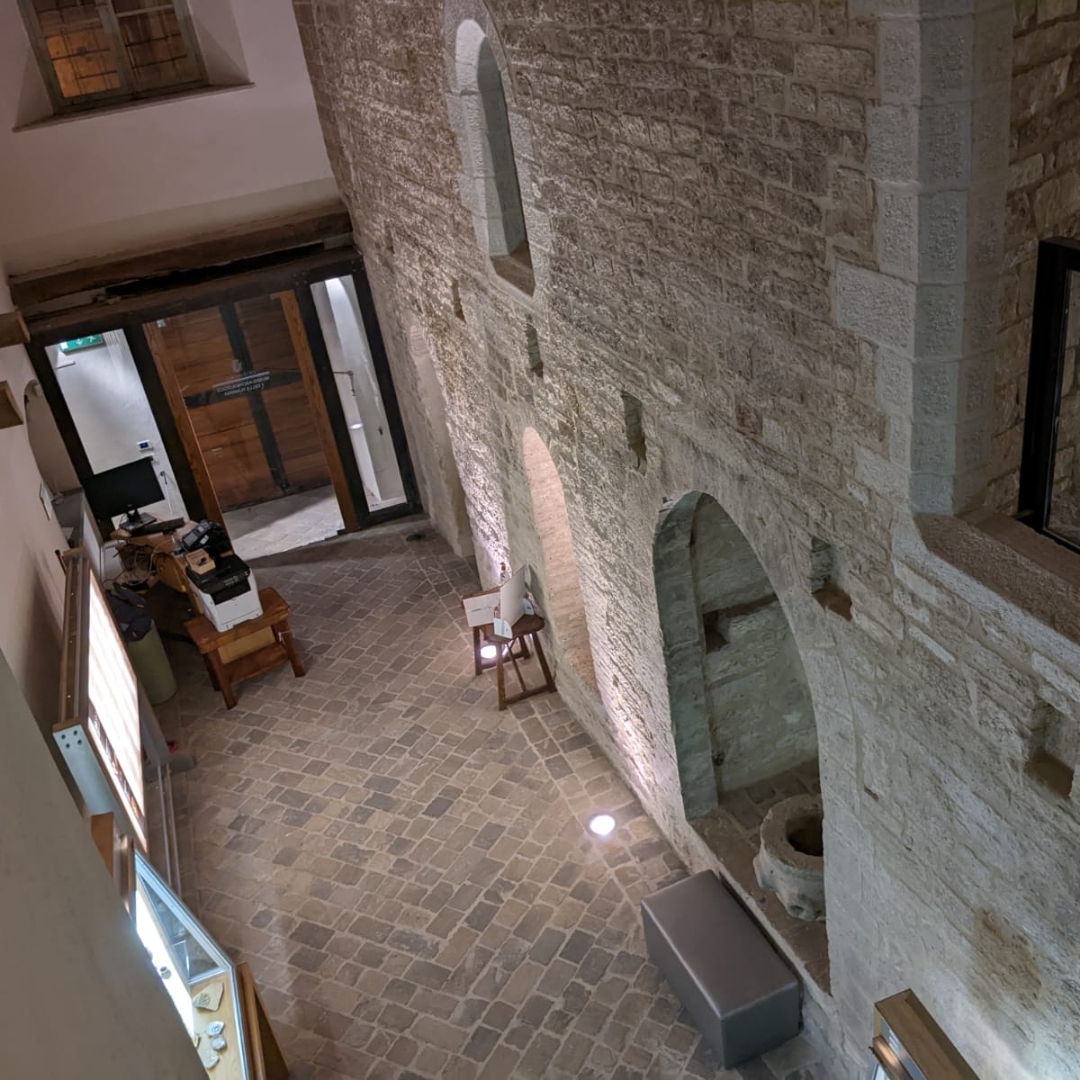Archeological and the Via Flaminia Museum of Cagli
The Archeological and the Via Flaminia Museum of Cagli is located on the main street axis of the city centre, close to the Municipal Theatre, one of the most beautiful theatres, perfectly preserved, of the Marche region, and the Torrione Martiniano. Recently opened, The Archaeological and Flaminian Way Civic Museum of Cagli is located inside the Palazzo Pubblico, an ancient palace that was built in 1289 and donated by the community of Cagli to Federico da Montefeltro, the Duke of Urbino, in 1476.
The exhibition is spread over two floors and it is easily accessible, thanks to the removal of architectural barriers through the provision of platforms and wide spaces that facilitate moving from one room to another in the museum.
On the ground floor there are some numerous fragments of ceramics between the 16th and 17th centuries. Another section is dedicated to some objects collected by prominent personalities of the Cagli society and donated to the Museum, mainly Apulian and Etruscan vases. Finally, a last section is dedicated to objects from the Cagli area, such as the numerous republican and imperial coins, the Venus of Pitinun Mergens and other objects of daily life.
On the first floor there are archeological finds from the Cave of Nottole, a particular site linked to the cult of water and frequented from the Bronze Age to the Roman Age. In the main room, however, the finds from various archaeological excavations carried out in Cagli and its territory are exhibited: Necropolis of Maiano (4th-2nd century BC.) and Necropolis of San Vitale (5th-2nd century BC.).
All these finds tell us of dense commercial stretches that passed through the tratturi, also called “calles”, the ancient sheep farming routes. One of these tratturi was then taken up by the route of the Via Flaminia, the ancient consular road built in 220 BC. which directly connected the Adriatic to Rome. From here, moreover, was born a diverticulum to the Via Flaminia which, passing through the upper Cesano valley, continued towards the sea. The Via Flaminia was very important for the city of Cagli, both as a line of communication and commerce, and for the organization of the territory. During the imperial age this area was populated by villas connected to each other thanks to a dense road system centered on the Via Flaminia. In addition to the exhibition areas, the museum also has a warehouse room that is also an educational laboratory, and a room for temporary exhibitions, also used for conferences and cultural events.





